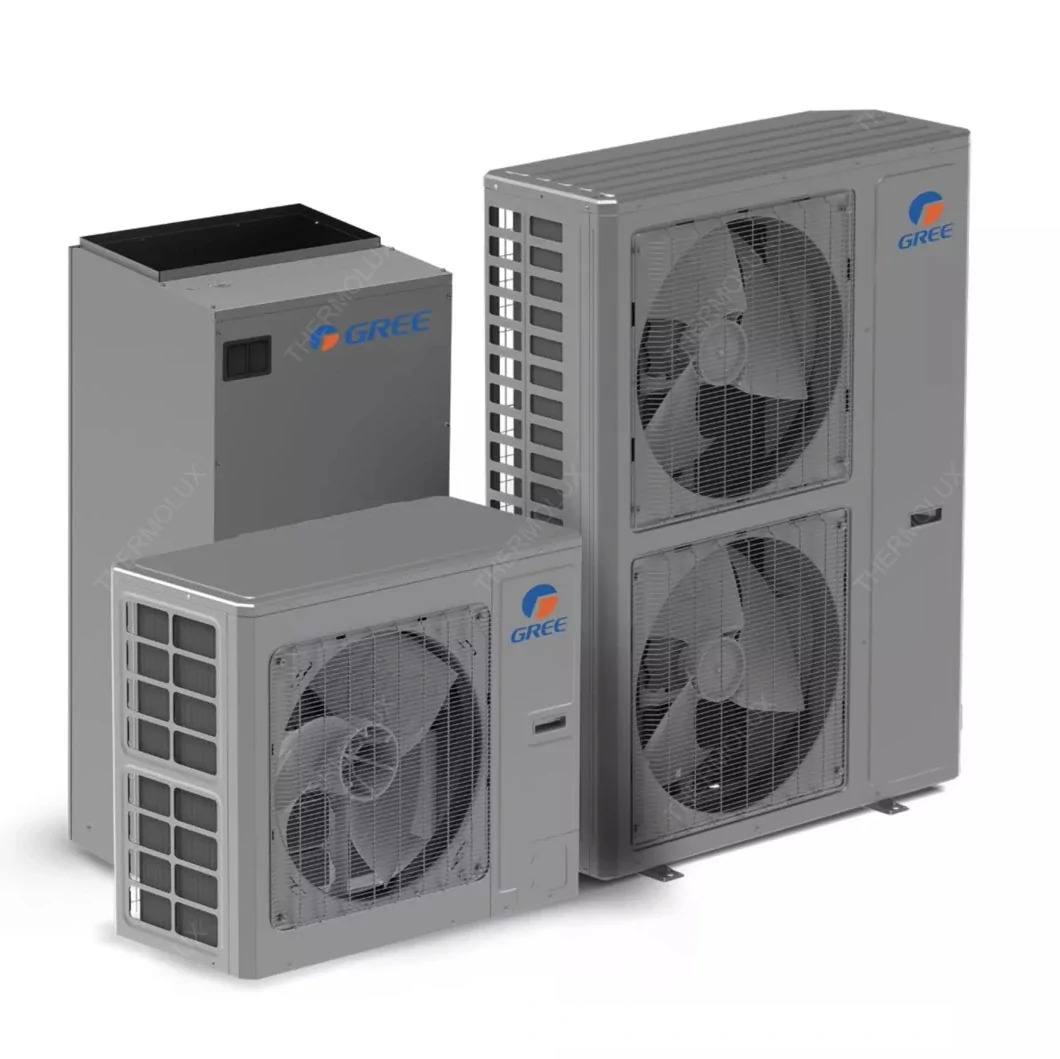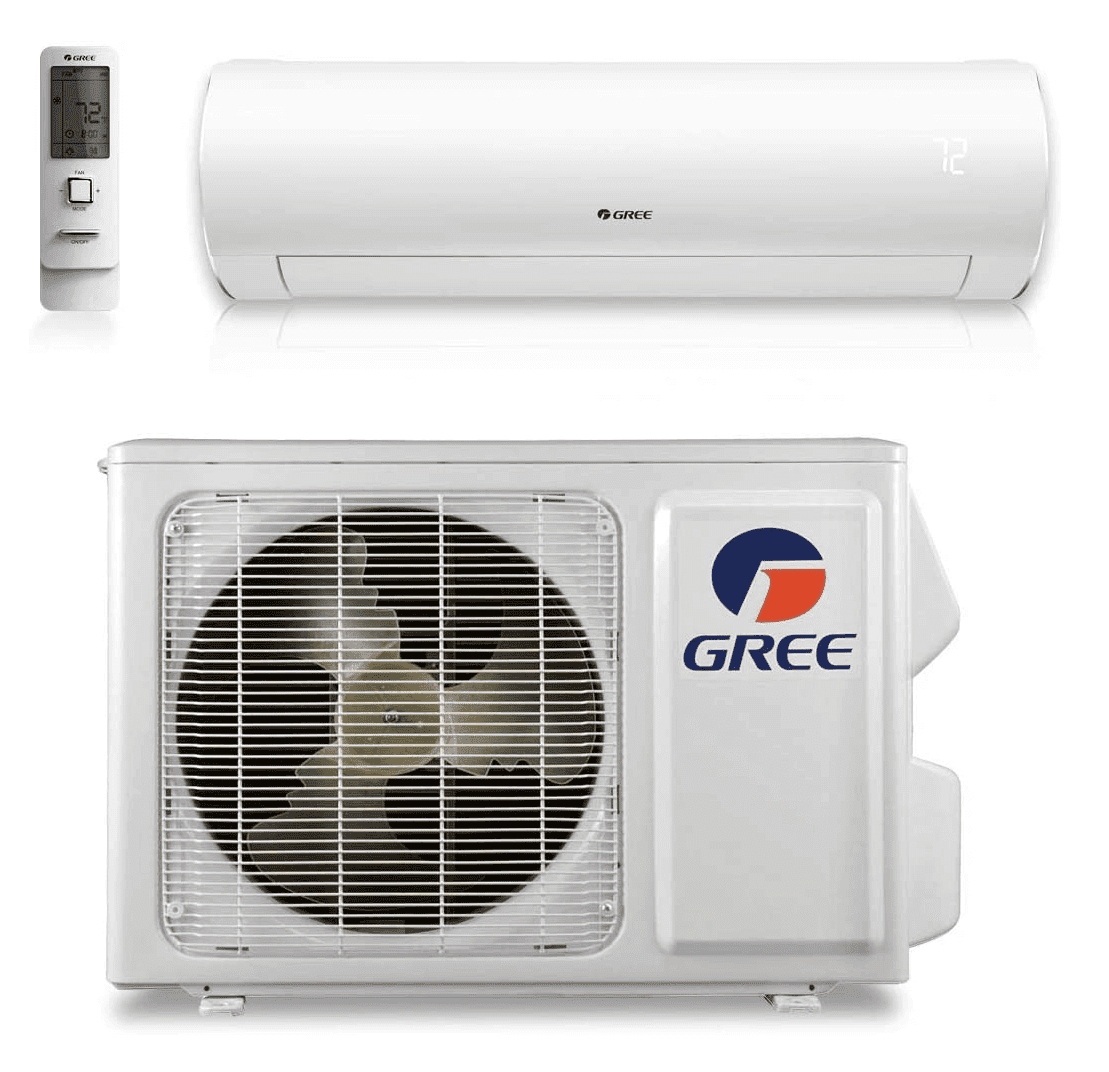
A heat pump utilizes electricity to provide both heating and cooling functions to a building. These systems excel at transferring heat from one location to another, depending on the specific thermal requirements.
During winter, a heat pump extracts heat from the outdoor environment and transfers it indoors to provide warmth. Conversely, in summer, it removes heat from inside the building and releases it outside to cool the indoor space.
Explore the various types of heat pumps, their operational principles, and their role in mitigating climate change.
How Heat Pumps work?
A heat pump employs technology akin to an air conditioner, which cools a space using a refrigerant. The primary distinction between an air conditioner and a heat pump lies in the presence of a reversing valve in the latter, enabling it to perform both heating and cooling functions.
In heating mode, a heat pump operates in reverse compared to an air conditioner; instead of expelling heat from indoors, it utilizes the refrigerant to generate warmth inside the building.
Here’s a step-by-step breakdown of how heat pumps function:
- Heat is sourced from the external environment, such as the air or ground, and is directed over the heat exchange surface of the outdoor unit.
- This heat is sufficiently high to cause the refrigerant liquid within the heat pump to evaporate and transition into a gas.
- The gas is then compressed by a compressor, elevating its pressure and temperature.
- The heated gas is circulated over the internal heat exchange surface. This heat can be distributed throughout the home’s interior or transferred to a central heating or hot water system.
- As the heat is released into the home, the gas cools down, reverting to a liquid state.
- The cycle of reverse refrigeration repeats until the desired temperature setting on the thermostat is reached.
Even during extremely cold weather, heat energy persists in the environment. Heat pumps efficiently harness this thermal energy from the air or ground surrounding a building to provide heating.
Types of Heat Pumps
Heat pumps are categorized into two main types: air-source and ground-source.
Furthermore, heat pumps can be integrated with traditional gas furnaces to form hybrid systems, combining the benefits of both technologies.
Understanding Air-Source Heat Pumps
Air-source heat pumps extract heat from the ambient air and amplify it to a higher temperature. There are two primary variants of air-source heat pumps: air-to-water and air-to-air.
• Air-to-water heat pumps transfer heat from the outside air to your central heating system, similar to conventional gas central heating. As the heat generated is cooler than that from a typical furnace or boiler, installing larger radiators or underfloor heating may be necessary to maximize its effectiveness.
• Air-to-air heat pumps extract heat from the outdoor air and distribute it inside the home via fans. While suitable for heating, this system does not provide hot water.
Understanding Ground-Source Heat Pumps
Ground-source heat pump systems utilize natural heat from the earth’s subsurface by circulating liquid through buried pipes. These systems function similarly to furnaces or boilers in central heating setups but utilize ambient heat from the ground instead of burning fuel to produce warmth.
Ground-source heat pump systems consist of a ground loop, comprising a network of water pipes buried underground, and a heat pump located above ground level. A mixture of water and antifreeze is pumped through the ground loop, absorbing heat stored in the ground. This mixture is compressed and passes through a heat exchanger, where the heat is extracted and transferred to the heat pump. The generated heat can then be utilized for radiators, hot water, or underfloor heating systems.
Understanding Hybrid Heat Pumps
Hybrid heat pump systems, also known as dual-energy systems, integrate a heat pump (either air-source or ground-source) with a traditional gas furnace or boiler, potentially even incorporating a hydrogen boiler in the future. These systems automatically select the most energy-efficient option based on external temperature conditions to maintain consistent indoor warmth and hot water supply.
Importance of Heat Pumps in Achieving Net Zero
Buildings account for approximately 40% of global emissions, with the majority resulting from heating systems in homes and businesses.
To achieve net-zero carbon emissions and combat climate change, transitioning from high-carbon heating fuels to cleaner, low- or zero-carbon alternatives is imperative.
Heat pumps play a pivotal role in this transition for two main reasons:
• Heat pump systems are designed to extract more heat energy from the environment than the energy they consume to generate heat. They can produce two to three times more heat output than the electricity input required.
• With an increasing proportion of electricity generated from renewable sources like solar or wind power, the electricity used to power heat pumps becomes progressively cleaner.



